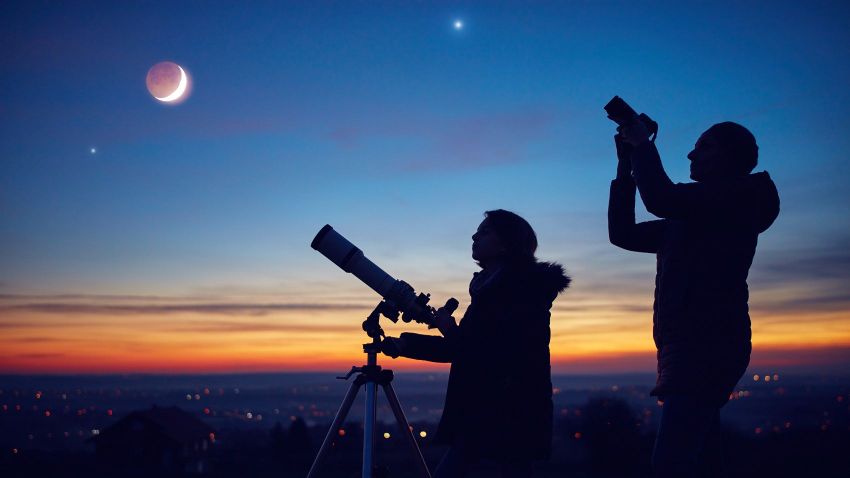According to the article published on the website of the Svábhegy Observatory, if from June 17 to 28. At dawn, before sunrise, we turn to the eastern sky, in the order of their distance from the Sun, five bright planets will appear: Mercury, Venus, Mars, Jupiter and Saturn, respectively.
In addition, the waning moon constantly travels through the planets as the days go by, so the rows of planets show different faces at each dawn.
In addition to the above planets, two other planets, Uranus and Neptune, line up, as well as Pluto, and the brightest asteroid, Vesta,. However, these celestial bodies can only be seen with binoculars.
This line is seen for almost the entire month of June, but Mercury only joins the “planetary train” in the second half of the snow.
As they wrote them, the composition was rather loose, with the eight planets in the sky lined up along a line with a latitude of 105 degrees. Jupiter and Mars will be 12 degrees apart, and Mercury and Venus are 10 degrees apart. Thus, the line of planets shows the most beautiful sight to the naked eye.
If you want to observe the planets with the naked eye and binoculars, you should start in near-total darkness, around 3 p.m. You can then find Neptune and Uranus even with binoculars. The mix will be most beautiful at 3:30, when the dandelion lights up the sky. However, according to the article, it is definitely worth waiting 4 hours for Mercury to join in as well.
The last celestial phenomenon was represented in the year 947 and will then be observed in April 2492.












































